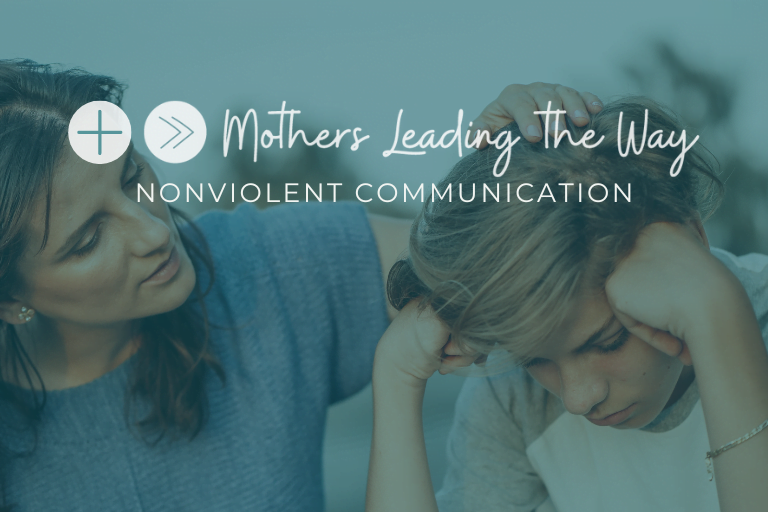In the fast-paced world of a working mom, effective communication is key – not just in the office but also at home. Nonviolent Communication (NVC), developed by Marshall Rosenberg, offers a powerful tool for creating deeper connections and understanding within families.
What is Nonviolent Communication?
NVC is a communication approach that focuses on empathy and understanding. It involves expressing ourselves authentically and receiving others empathetically, without judgment or blame (Rosenberg, 2015). The core of NVC lies in understanding our own and others’ needs and articulating these needs clearly without aggression or passivity.
Importance for Working Moms:
While the name can be intimidating, NVC is a technique that we can all utilize. For working mothers, juggling professional and personal responsibilities can often lead to stress and miscommunication. NVC provides a framework to express concerns, needs, and feelings without triggering defensiveness or conflict. It aids in resolving family conflicts, building stronger relationships with children, and managing work-life balance more effectively.
How to Use NVC Effectively:
Let’s look at a couple of situations in which we can use NVC to communicate more effectively:
Situation 1: Alex (8 y.o.) is upset because their mother, Sarah, didn’t allow them extra screen time.
Sarah (Mother): “I see you’re upset because you wanted to watch more TV. This saddens me. It’s important to me that we have rules about screen time.”
- The observation is Sarah noticing the child is upset about not getting extra screen time.
- The feeling is Sarah expressing her sadness at seeing her child upset.
- The need is Sarah communicating her need to maintain healthy screen time rules.
Alex (Child): “But I’m really bored, and I want to watch more!”
Sarah: “I understand you’re bored and want to have fun. It’s important for us to balance fun and other activities. How about we find a fun game to play together?”
- The request is Sarah proposing an alternative, “How about we find another fun activity to do right now”.
Teaching Your Child NVC:
Alex: “Okay, maybe we can play a board game.”
In this example, Sarah observed Alex’s feelings without judgment, expressed her own needs for balance, and made a request for an alternative activity. This approach helps Alex understand his own feelings and needs, and also learn to communicate them effectively. When we role model NVS, we teach our children empathy by teaching them to recognize and express their feelings and needs. We also teach our children listening skills where they focus on understanding others’ points of view. As a mom and often referee, this also allows us to teach our child conflict resolution in which the child learns how to communicate without aggression.
Nonviolent Communication is not just a technique; it’s a way of enhancing understanding and connection. For working moms, it’s a pathway to a more harmonious and fulfilling family life. By practicing and teaching NVC, you can nurture a family environment based on respect, empathy, and open communication.
References:
Rosenberg, M. B. (2015). Nonviolent Communication: A Language of Life. Puddledancer Press.

